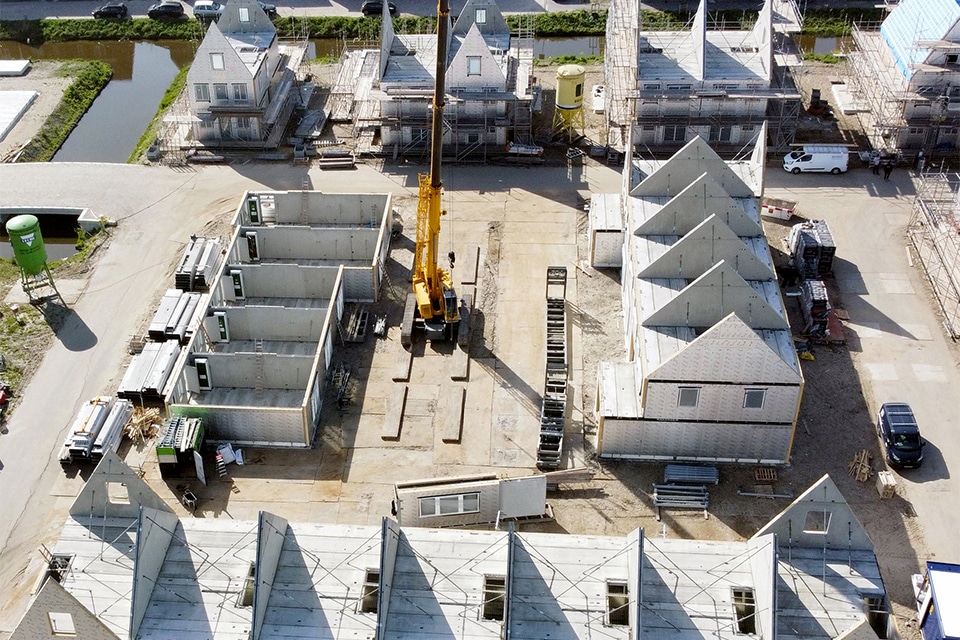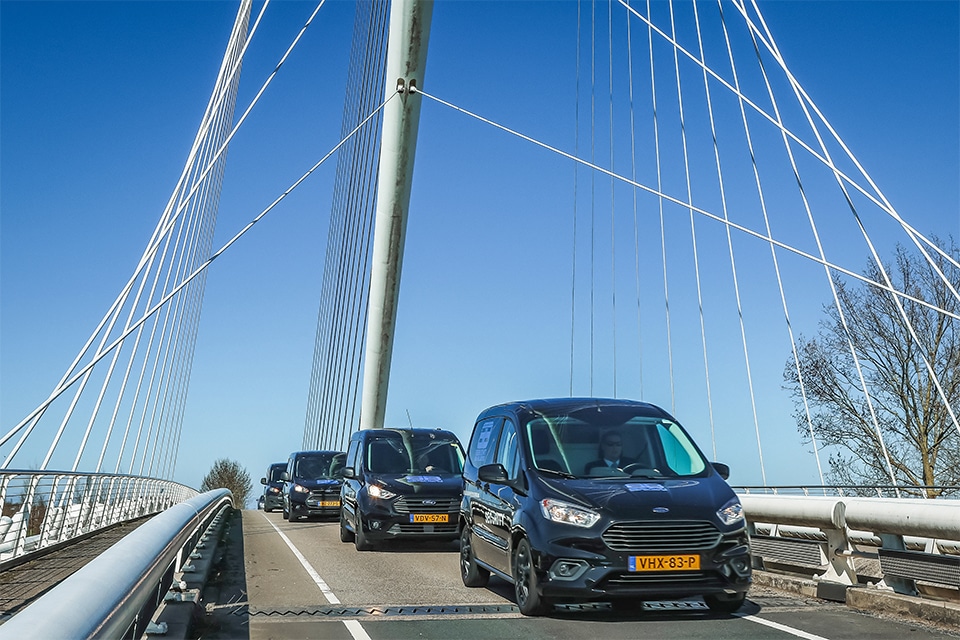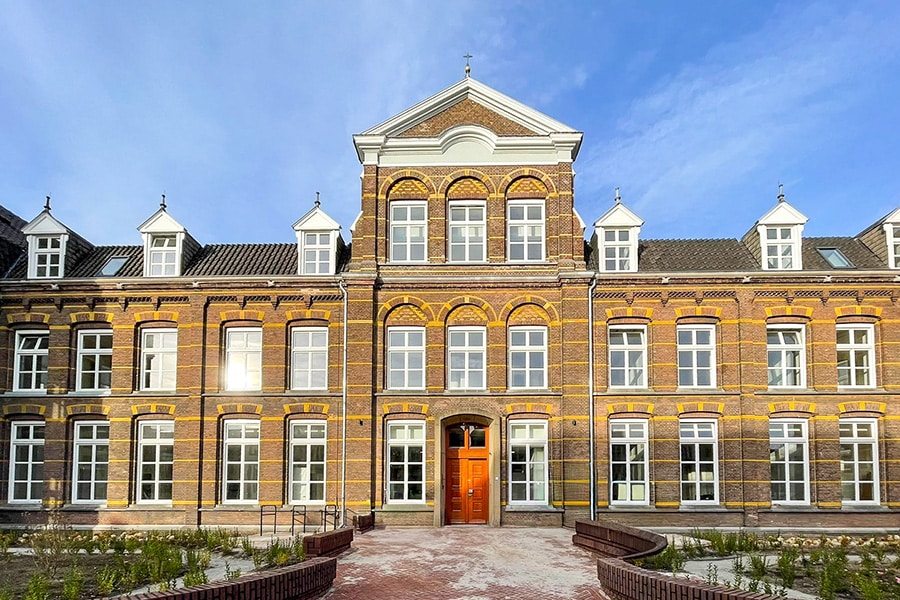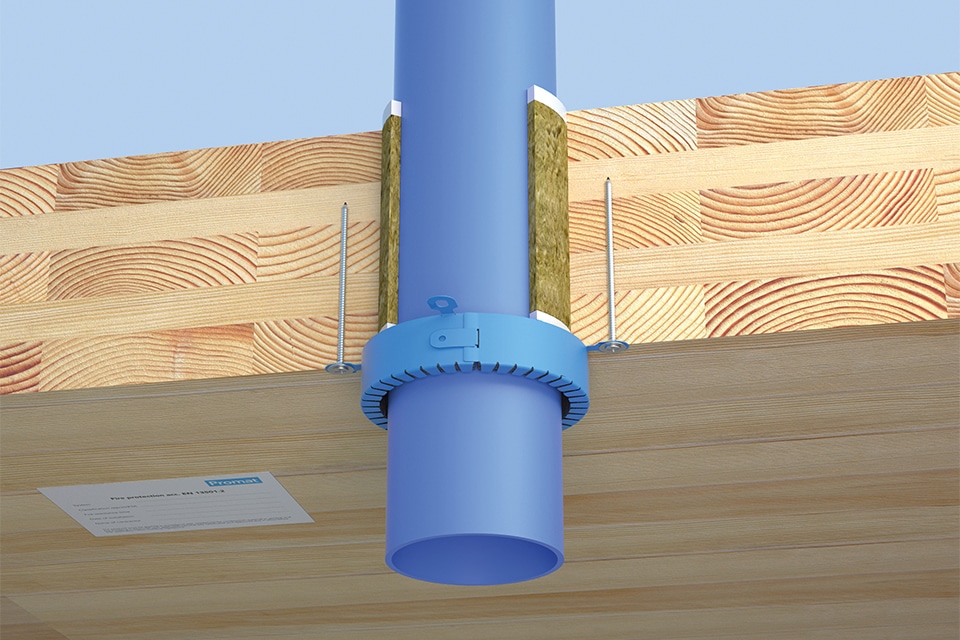
'We either work safely or we don't'
The biggest obstacle to working safely is people. Automatism, the delusion of the day and especially the temptation to 'just quickly' grab or finish something are major risks, knows Peter van den Hurk, Director Operations Projects at Kingspan Light + Air. "As an organization, we work mostly at heights, where there is always a danger of falling. Even for the employee who quickly removes his tools from the roof before driving home. Not for nothing does safety awareness have priority in all layers of our organization. Also for the people in the office, who just like our people on the construction site have an VOL-VCA diploma and already include the provisions for safe working practices in their sales discussions and quotations. We either work safely or we don't."
Talking about working safely is not sexy, knows Niels de Zaaijer, Managing Compliance & Quality, Health, Safety & Environment (QHSE) at Kingspan Light + Air. "In the market, working safely is often still experienced as compulsory compliance with rules and procedures. This often backfires, with the right safety precautions only being taken for someone else or at control moments. At Kingspan Light + Air, we therefore choose a different approach, where not the thick manuals with rules and procedures, but rather the people are central. Working safely is literally embedded in the culture of our organization."
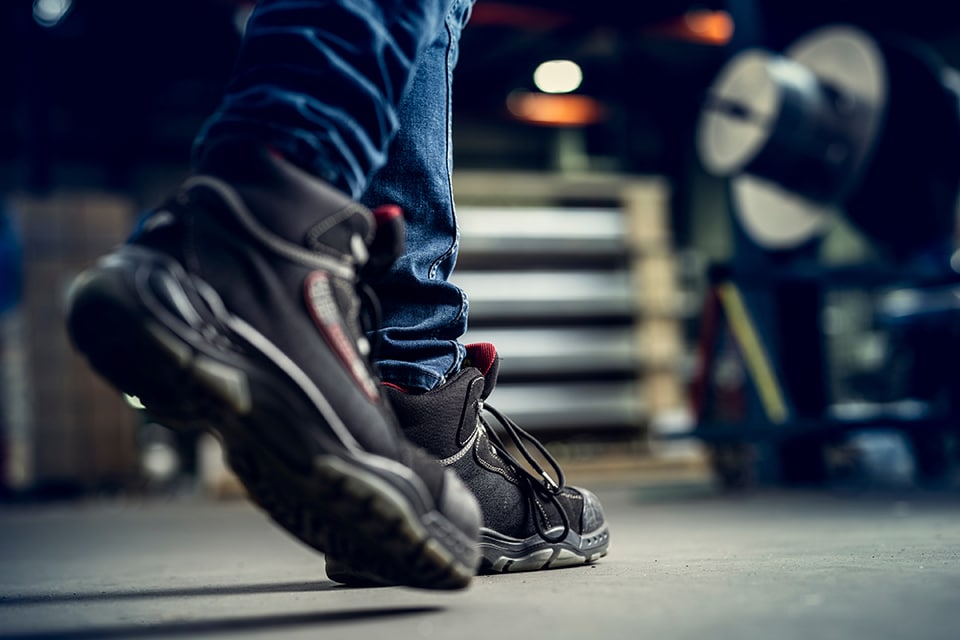
In the frenzy lies the danger
Van den Hurk: "We want all our employees and installation partners to go to work safely, with passion and pleasure, and also to return home in the evening healthy, satisfied and safe. Awareness plays an essential role in this. It is precisely in the hectic pace of the day that the danger lies. Various studies have shown that falling and tripping due to tools not being tidied up, improper or insufficient use of (fall) protection equipment and working under time pressure are major risk factors, which we as an organization are very keen to overcome. Not by standing on the construction site with a whip, but by making employees aware of the risks they and their colleagues run as a result. Moreover, we only work with reputable partners for the assembly of the safety devices, cranes and other tools."
Working and feeling safe
This awareness begins as early as the office. "As early as the quotation stage, our employees carefully consider how we are going to approach a project, what safety precautions are needed, where all the materials need to be, and how our employees will get to and from the project site," says Van den Hurk. "Just to ensure the safety of their colleagues and the workplace as a whole. Moreover, as soon as a tender becomes an order, a foreman takes the project on site. Do theory and practice still correspond? Or perhaps things have changed that call for alternative safety measures? The workplaces and safety precautions are also regularly checked during execution. Both by our supervisors and our directors, whereby it is important that every employee should feel safe. Óeven to raise any unsafe situations." De Zaaijer: "We have a safety team with safety experts from the field, who are very accessible to colleagues and who remove barriers to discussing safety. Moreover, they take knowledge to the employees, which creates a very nice interaction."
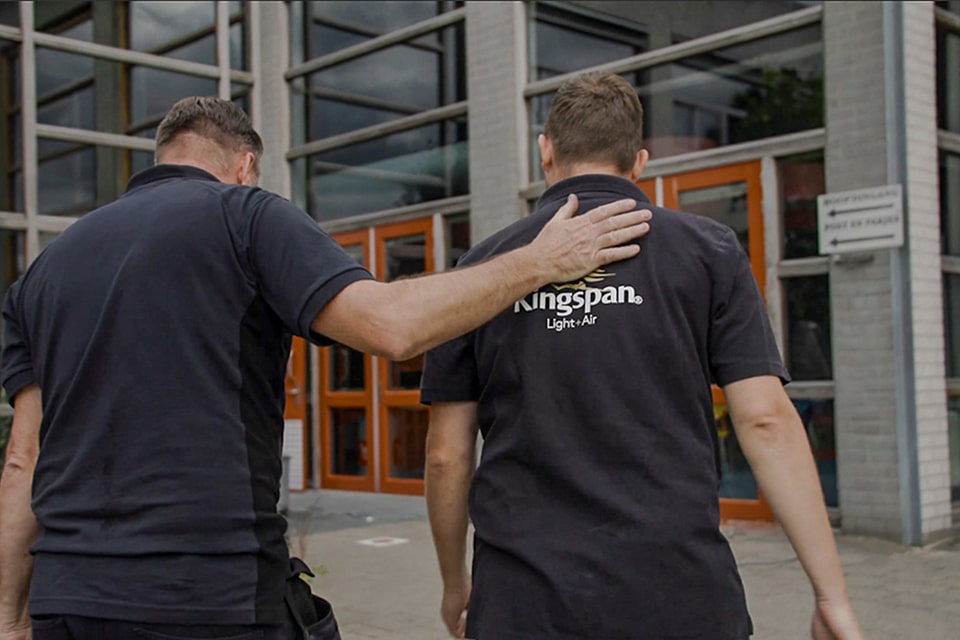
The back straight
De Zaaijer emphasizes that there is never any pressure put on employees to perform work they do not feel comfortable with. "We even have several examples where our executives or director have shut down construction because the safety provisions are not in order." Van den Hurk: "At the beginning of this year, for example, we were working on a project, where several roof locations were already open. Although our work location was neatly secured, this did not apply to the rest of the roof. Naturally, we immediately reported this to the foreman, but he gave zero response. Just then it is important to keep our backs straight. In terms of safety, we make no concessions whatsoever."
Securing the source
"For example, with glass roof structures, we only perform work when the work floor is completely closed," Van den Hurk emphasizes. "If openings are unavoidable, then fine mesh safety nets are essential. In addition, proper fall protection must be in place around the roof so that our employees can never find themselves in an unsafe situation. Regardless of whether they are alert or not." De Zaaijer: "What is important here is that the source of danger is removed, rather than falling back very easily on a harness, for example. After all, you then remain dependent on people, their automatism and the delusion of the day. This is what we work hard for every day."
Kingspan Light + Air is certified to the ISO 45001 standard for health and safety management and VCA**. "In addition, we recently achieved Step 3 on the Safety Culture Ladder (safety ladder)," says De Zaaijer. "This ladder was not a goal in itself, but a nice recognition of our safety efforts. The auditor even indicated that we were already edging toward Step 4..."
Heeft u vragen over dit artikel, project of product?
Neem dan rechtstreeks contact op met Kingspan Light + Air.
 Contact opnemen
Contact opnemen
